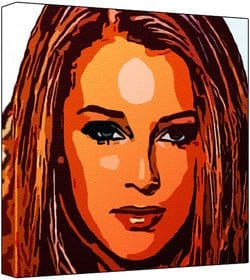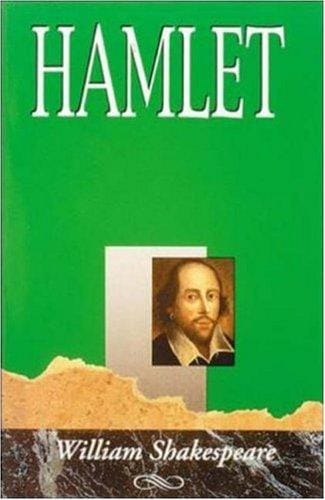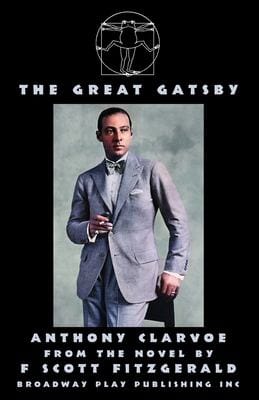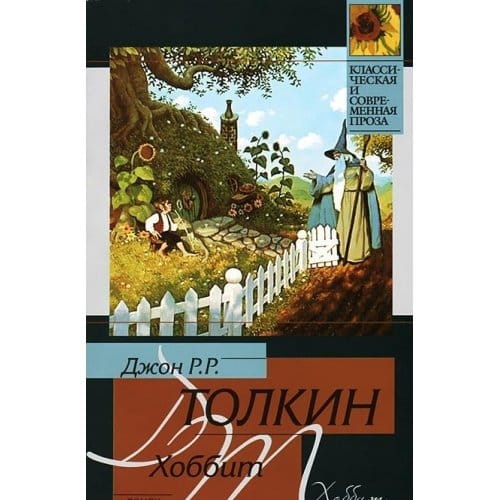East of Eden: A Comprehensive Overview of Steinbeck’s Epic
Discover John Steinbeck's East of Eden: summary, themes, characters, symbolism, and lasting legacy in this in-depth 800-word literary guide.
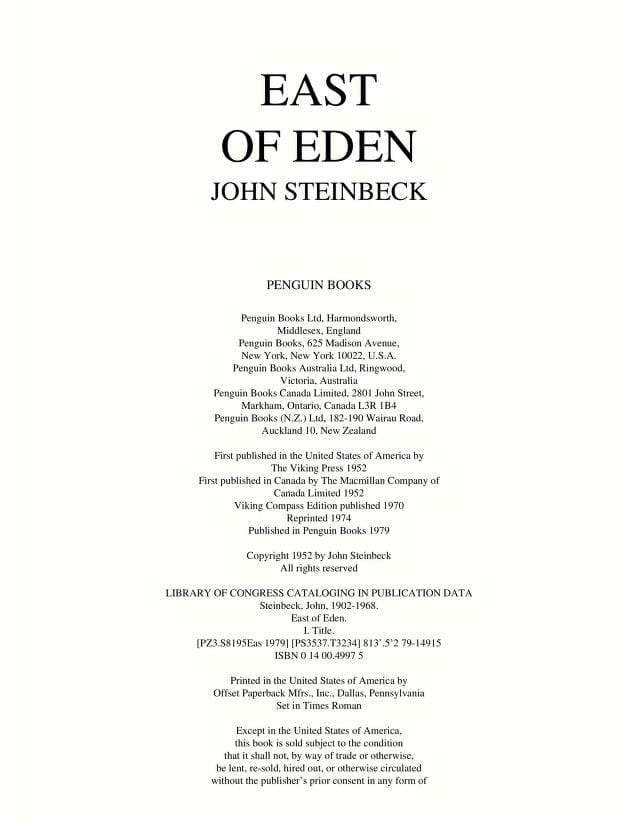
Introduction
John Steinbeck’s 1952 masterpiece East of Eden is more than a multigenerational family saga; it is a sweeping exploration of good and evil, freedom and destiny, love and rejection. Set in California’s fertile Salinas Valley between the Civil War and World War I, the novel contrasts the lives of the Trask and Hamilton families while reimagining the biblical story of Cain and Abel. This article offers a concise, 800-word guide to the novel’s plot, themes, characters, symbolism and enduring cultural impact.
Plot Summary
The novel opens with Samuel Hamilton, an idealistic Irish immigrant, carving out a place for his large family on dry, unpromising land. Nearby, the wealthy yet troubled Cyrus Trask raises two sons in Connecticut: Adam, gentle and inward-looking, and Charles, physically powerful and jealous. After Cyrus leaves for Washington, a violent quarrel separates the brothers. Adam eventually joins the U.S. Army, wanders the country, and ends up in California, where he marries the enigmatic Cathy Ames, a woman whose surface beauty masks profound cruelty.
Settling in the Salinas Valley, Adam fathers twin sons, Aron and Cal, but Cathy abandons the family to run a brothel under the name Kate. Adam spirals into depression until Samuel and the Chinese-American servant Lee persuade him to engage with life again. As the boys grow, history seems to repeat itself: the idealistic Aron evokes Adam, while the intense, self-doubting Cal recalls Charles. When Cal discovers their mother’s identity, he struggles with the fear that evil may be inherited. His attempt to win Adam’s approval backfires tragically when Aron, shocked by Cathy’s reality, enlists in World War I and is killed. Adam, stricken by a stroke, ultimately blesses Cal with the biblical word “Timshel,” meaning “thou mayest,” affirming humankind’s power to choose good over evil.
Major Themes
The central theme of East of Eden is moral choice. By integrating the Cain and Abel story, Steinbeck insists that while humans may inherit predispositions, they are not bound by them. The Hebrew word “Timshel” crystallizes this idea, suggesting that the capacity for virtue or vice lies within every individual decision. This moral freedom stands in bold contrast to deterministic philosophies popular in Steinbeck’s era, underscoring his faith in personal responsibility.
Another prominent theme is the quest for parental love. From Charles competing for Cyrus’s affection to Cal’s desperate attempt to please Adam with wartime profits, characters yearn for acceptance that often proves elusive. Steinbeck uses these emotional gaps to show how rejection can breed destructive behavior, yet also how acknowledgment—even a silent blessing—can redirect a life. The novel also meditates on the immigrant experience, the cultivation of land, and the forging of American identity, linking personal narratives to national growth.
Character Analysis
Adam Trask embodies innocence and idealism. Despite repeated betrayals, he clings to hope, making him both admirable and vulnerable. His eventual recognition of Cal’s humanity marks his true maturation. Cal Trask, arguably the novel’s most complex figure, fights a private war between darkness and light. His sharp intelligence and restless energy mirror the reader’s own moral ambiguities, rendering his final, partial redemption deeply moving.
Cathy Ames (Kate) represents unfettered malice. Yet Steinbeck avoids reducing her to a caricature; through brief glimpses of fear and dissatisfaction, he implies that even she is not beyond understanding, if not forgiveness. Supporting characters enrich the narrative: Samuel Hamilton provides wisdom and humor; Lee, with his Confucian-inflected insights and determined self-education, challenges racial stereotypes and articulates the novel’s philosophical heart; Aron Trask, with his fragile purity, illustrates the peril of denying life’s darker truths.
Symbolism and Biblical Parallels
Steinbeck layers his novel with symbols that echo the Genesis narrative. The Salinas Valley functions as a modern Eden, fertile yet susceptible to drought, mirroring the precarious balance between blessing and curse. The recurring motif of twins nods directly to Cain and Abel, while the scar on Charles’s forehead and later on Cal’s soul evokes the biblical mark of Cain. Even Cathy’s transformation into Kate in a brothel named "Faye’s" hints at the fall from grace. Through these devices, Steinbeck universalizes personal struggles, portraying them as iterations of an ancient, ongoing drama.
Legacy and Adaptations
Since its publication, East of Eden has remained a staple of American literature courses and book clubs alike. The 1955 film adaptation, starring James Dean as Cal, cemented the story in popular culture, while a 1981 television miniseries renewed interest for a new generation. Contemporary writers—from Ann Patchett to Khaled Hosseini—cite the novel’s influence, praising its emotional scope and moral audacity. In the Salinas Valley, the annual Steinbeck Festival draws readers who tour the landscapes that inspired the book, illustrating its powerful sense of place.
Conclusion
East of Eden endures because it confronts humanity’s oldest questions—Why do we hurt the ones we love? Can we overcome the past? Are we free to choose?—with storytelling that feels both intimate and mythic. By intertwining family drama with biblical archetype, Steinbeck invites every reader to locate themselves within the moral spectrum he portrays. Whether you approach the novel for its vivid characters, philosophical depth, or evocative California setting, it remains a work that challenges, consoles, and ultimately reaffirms faith in human agency.
